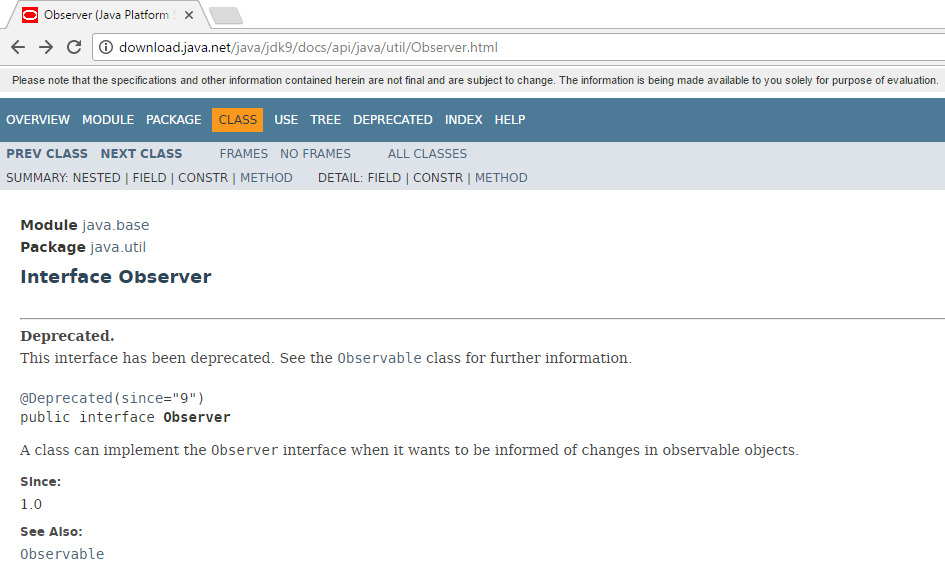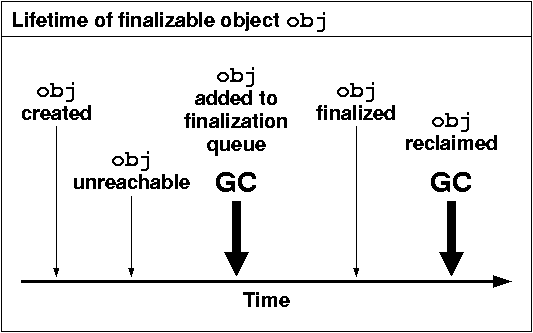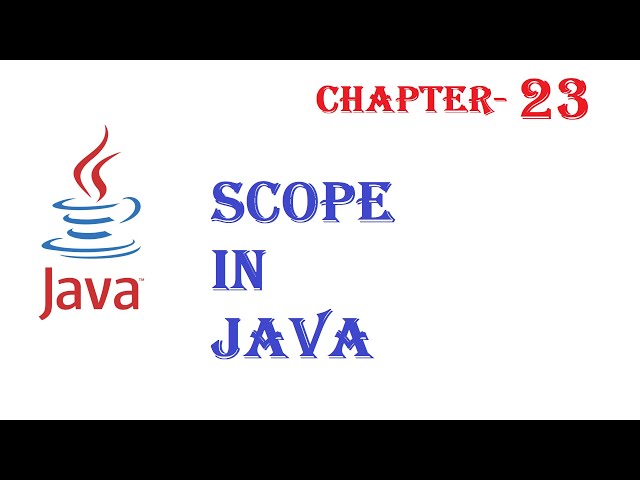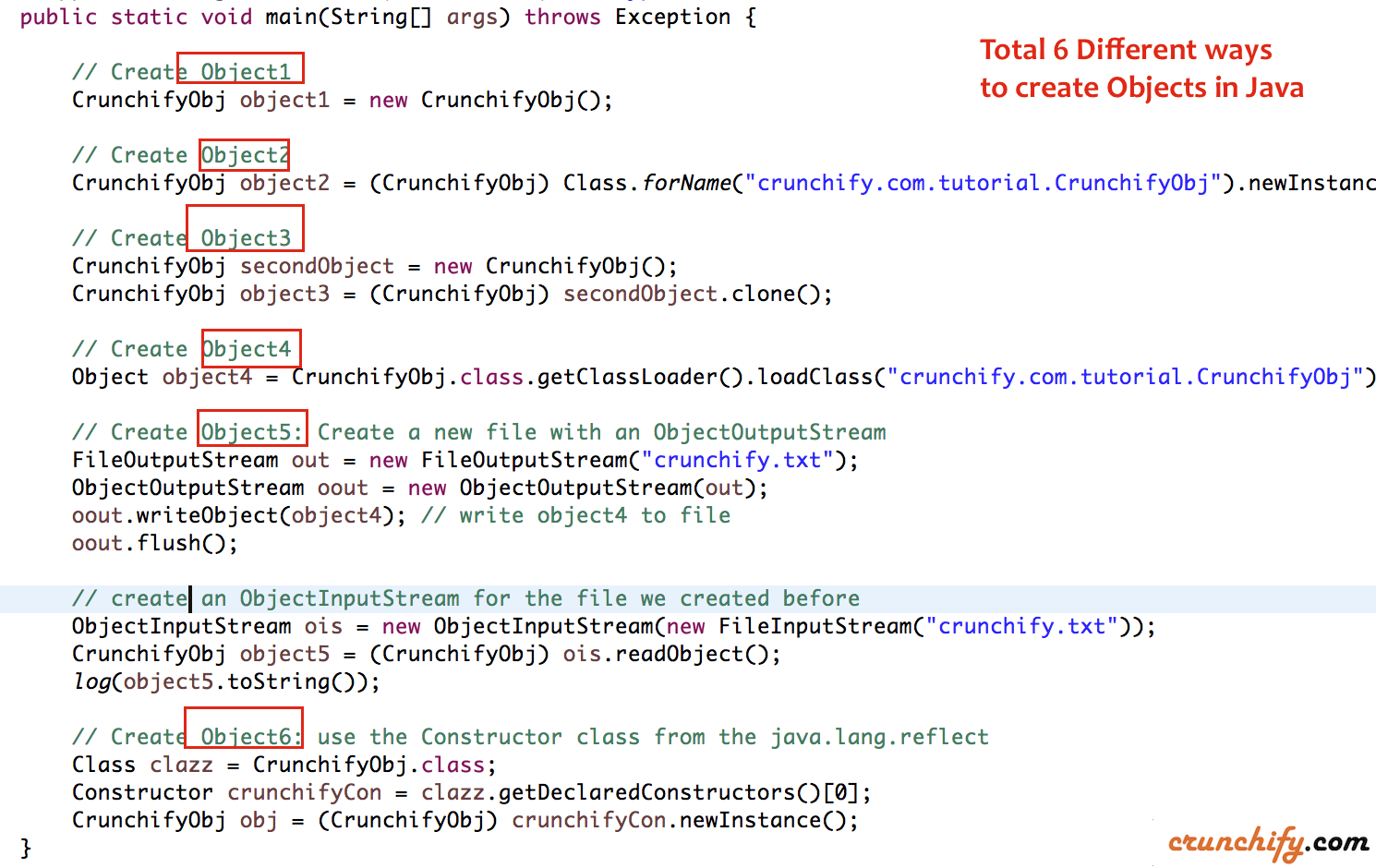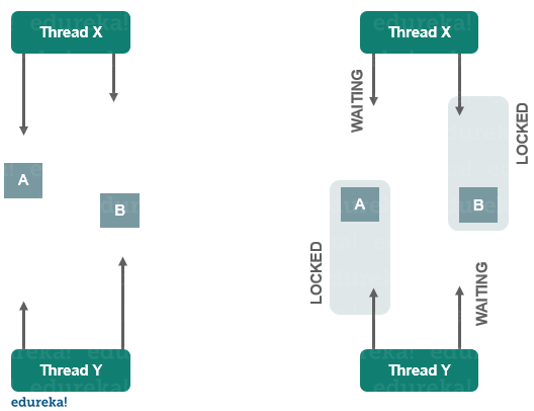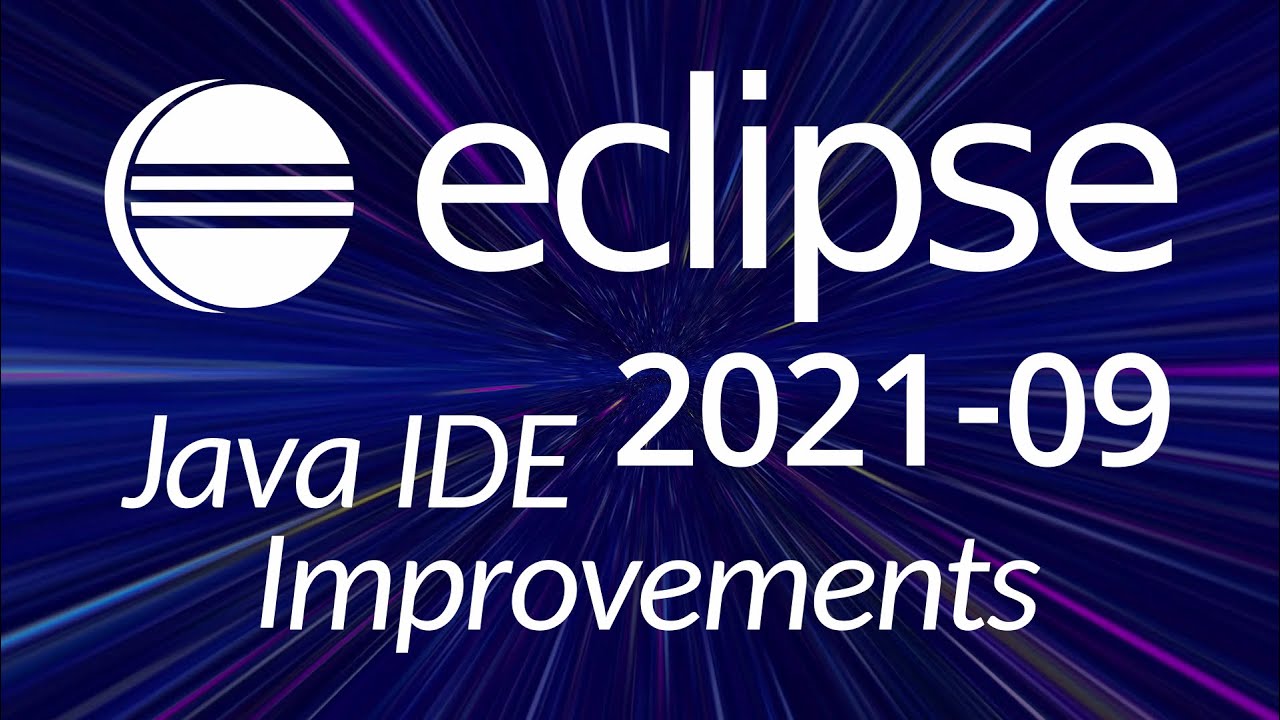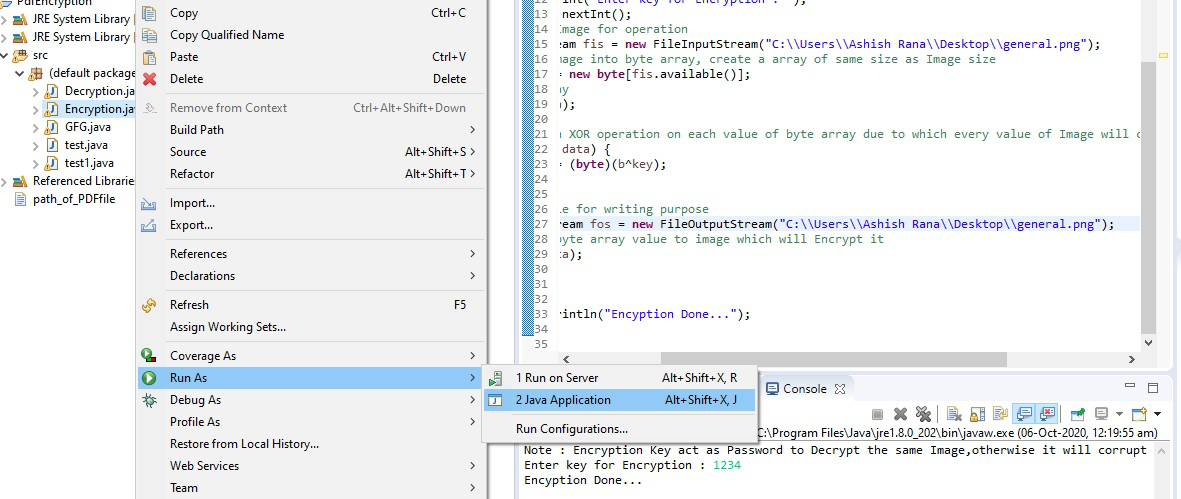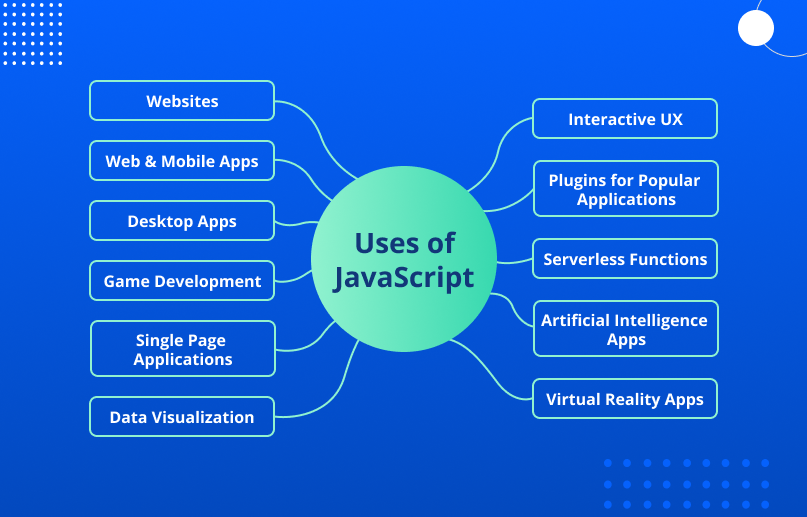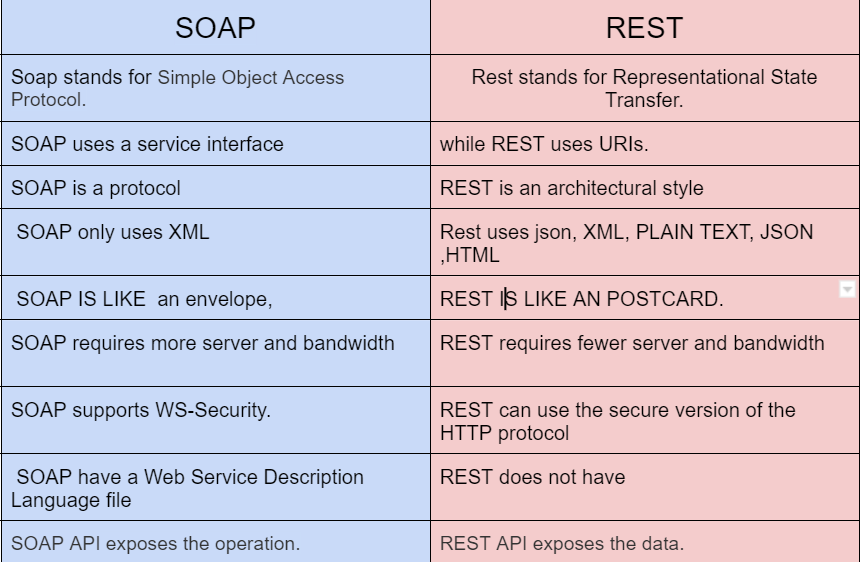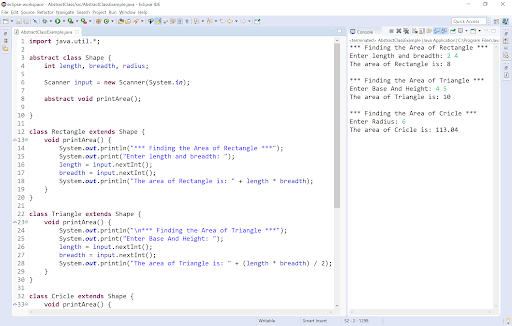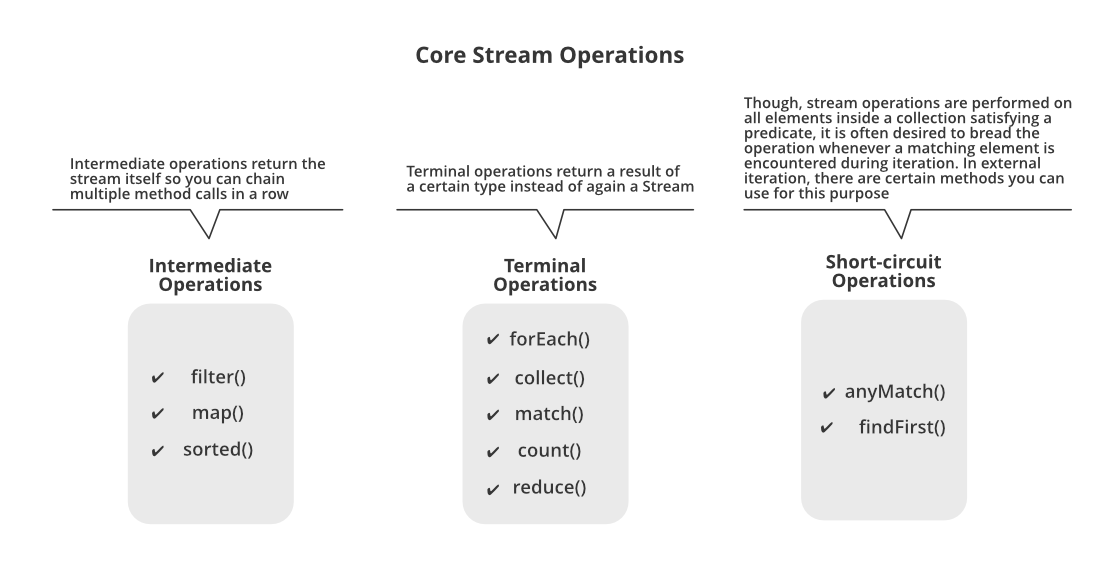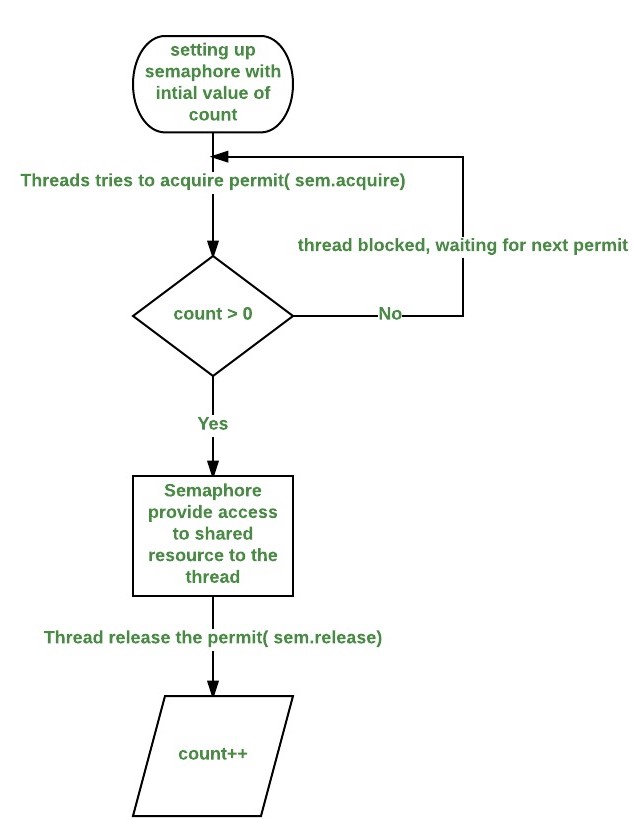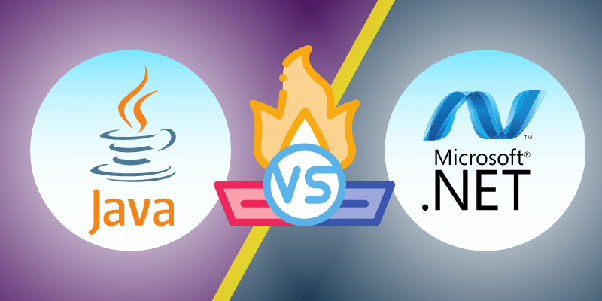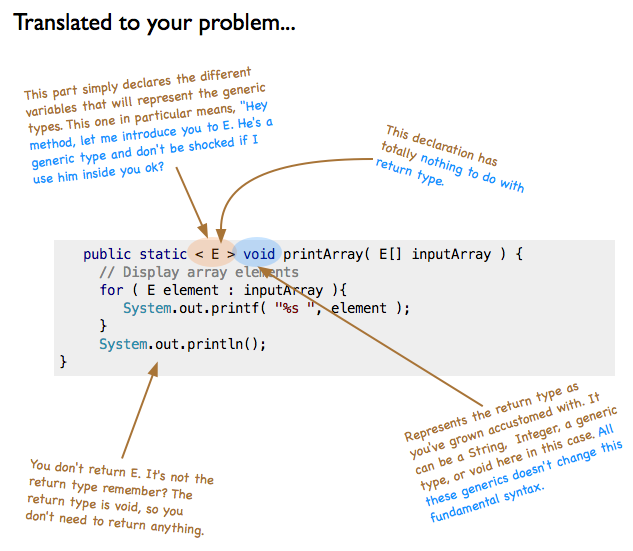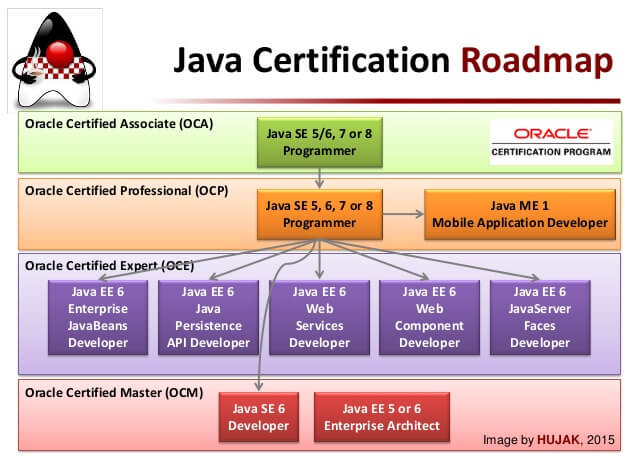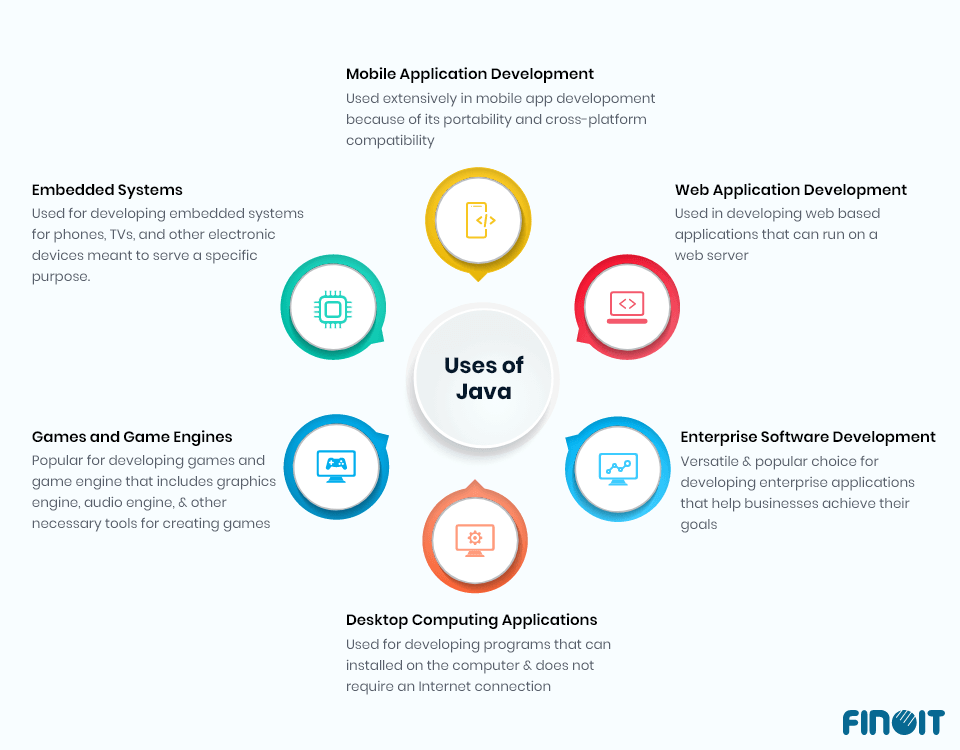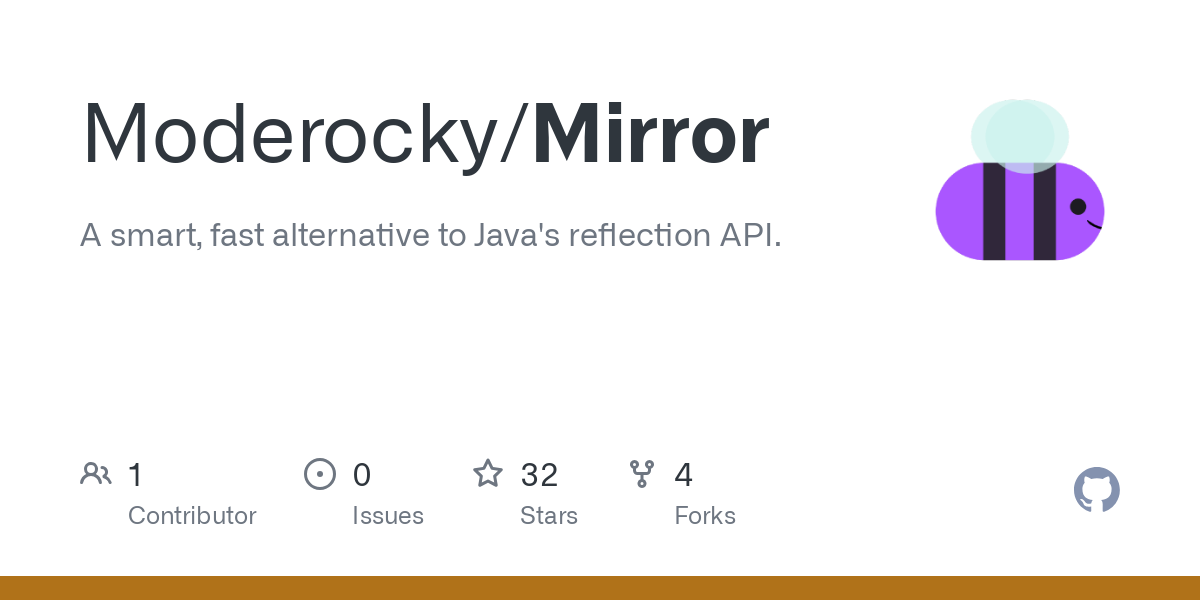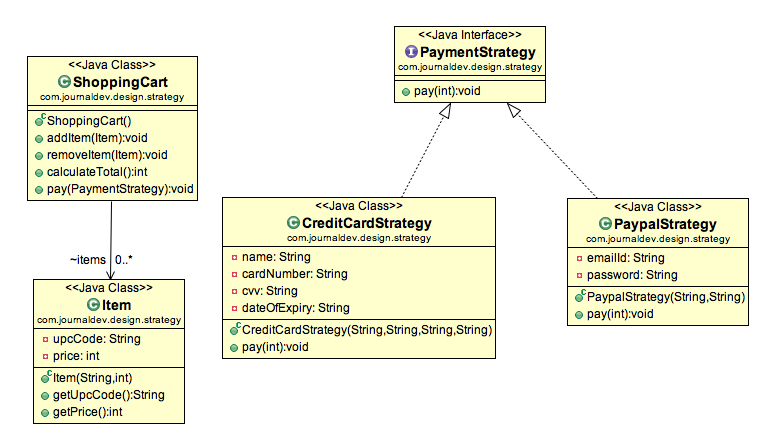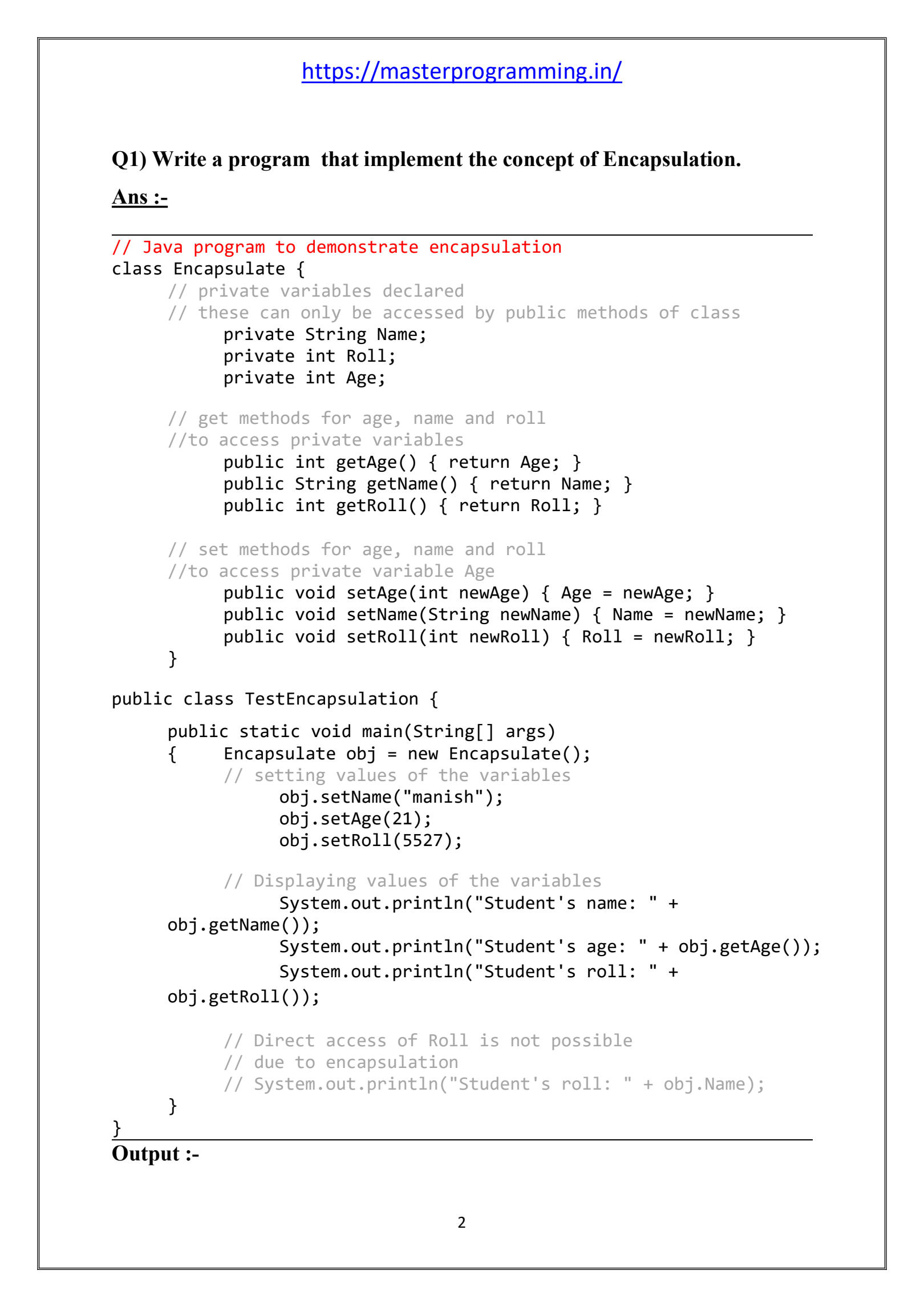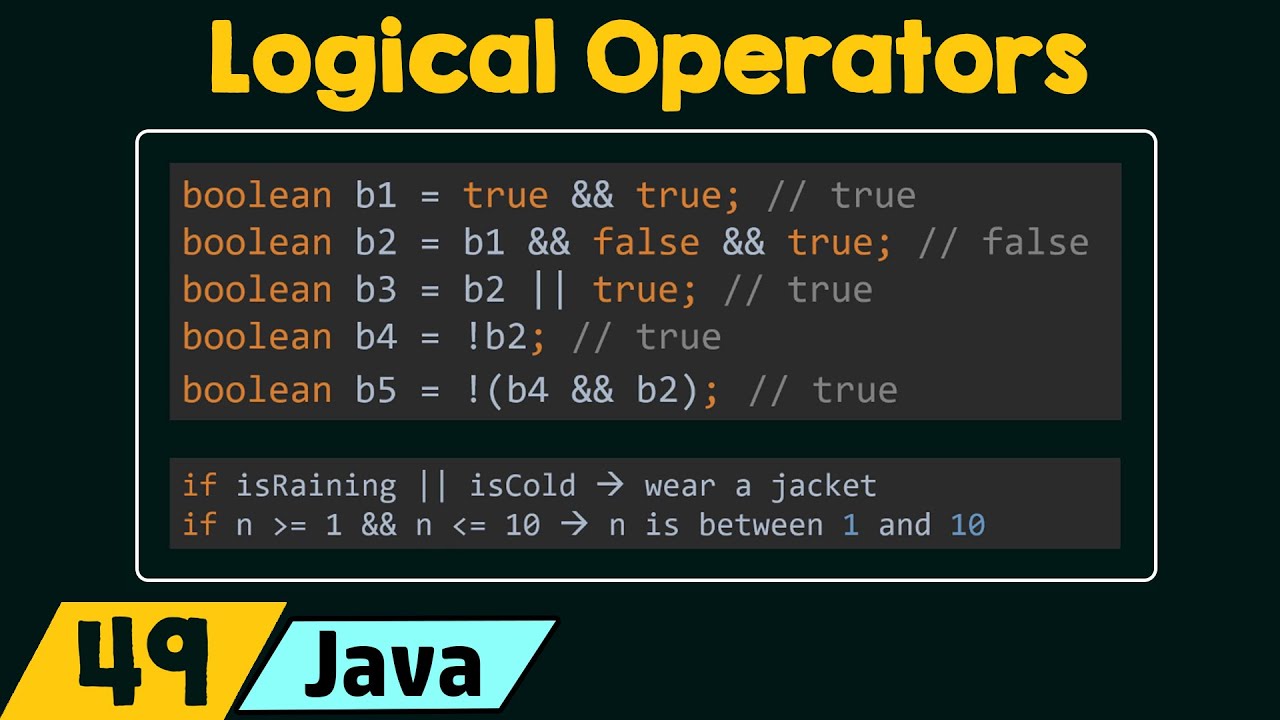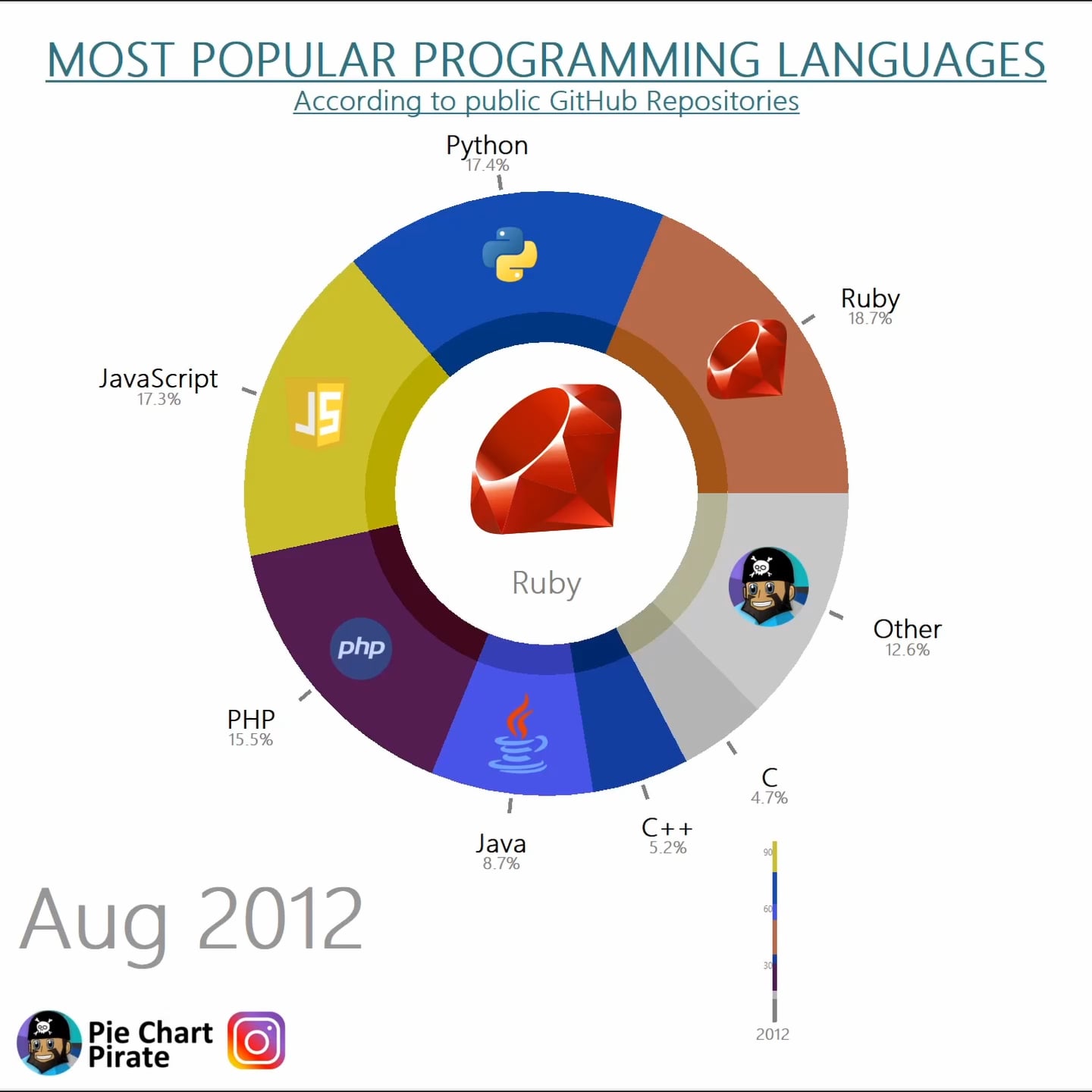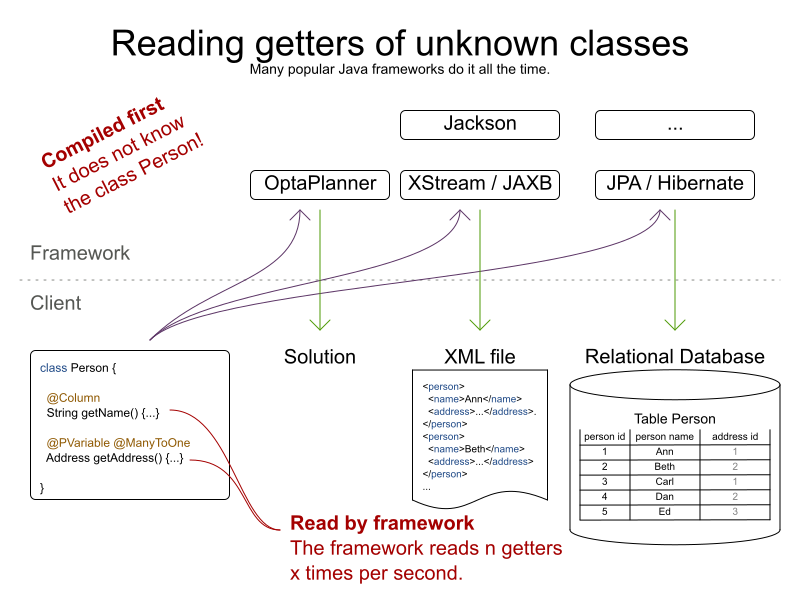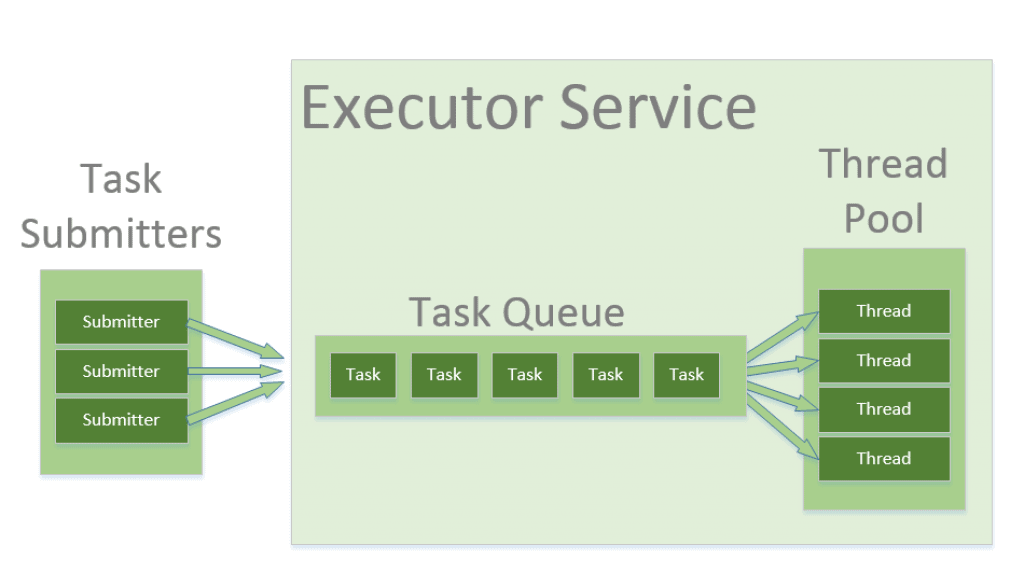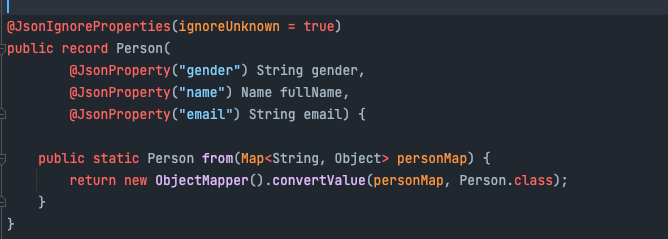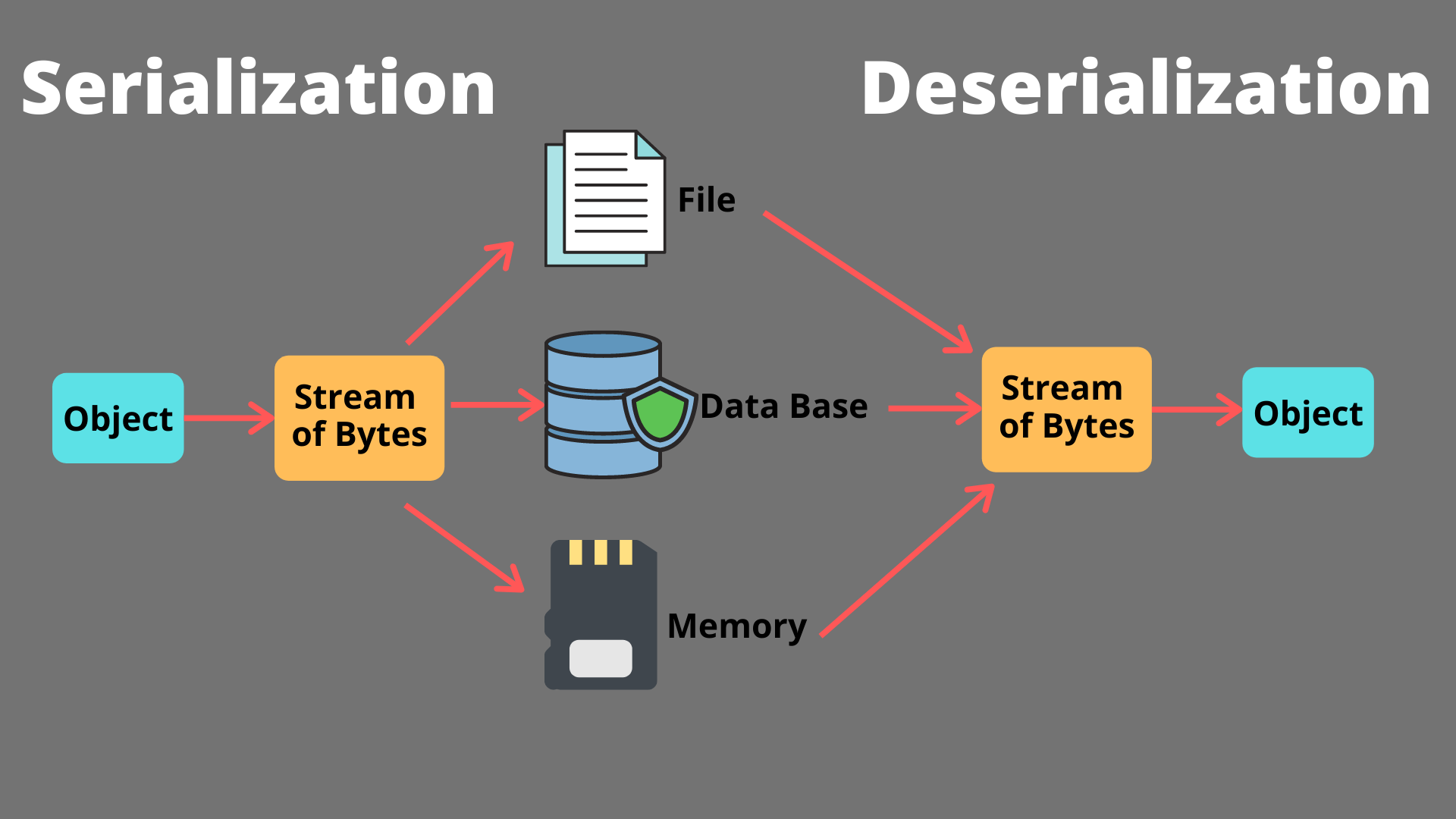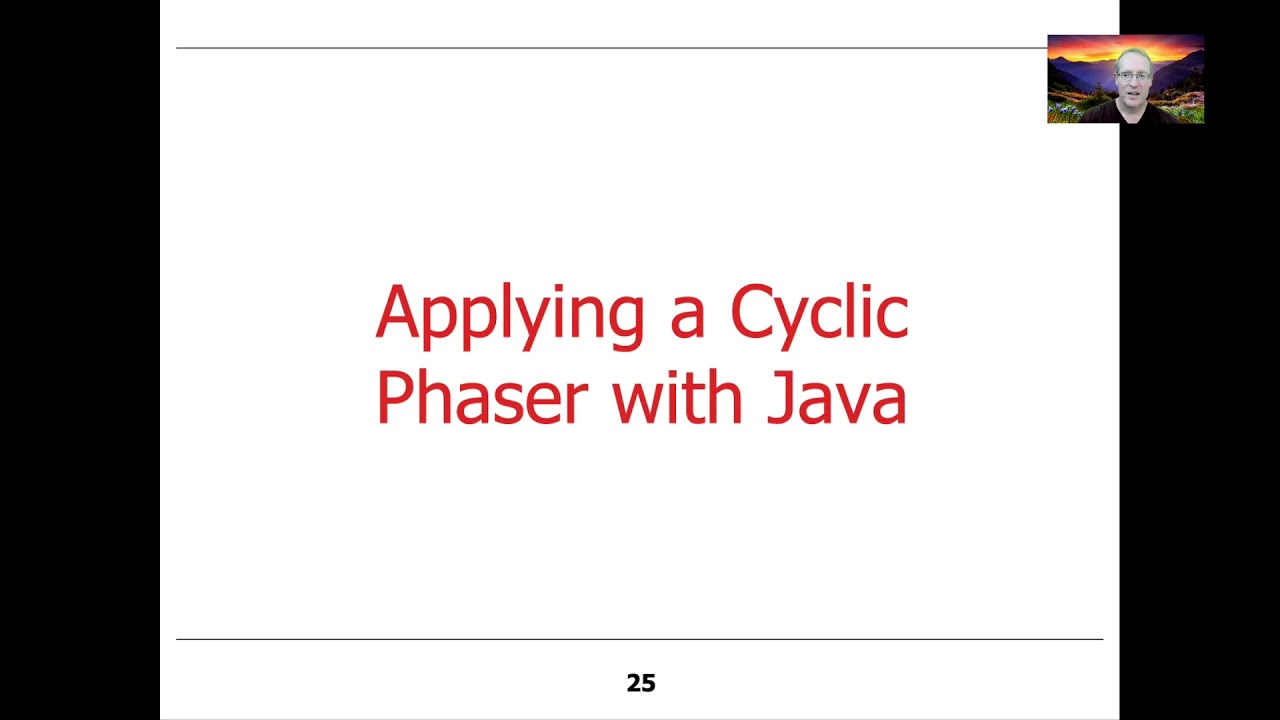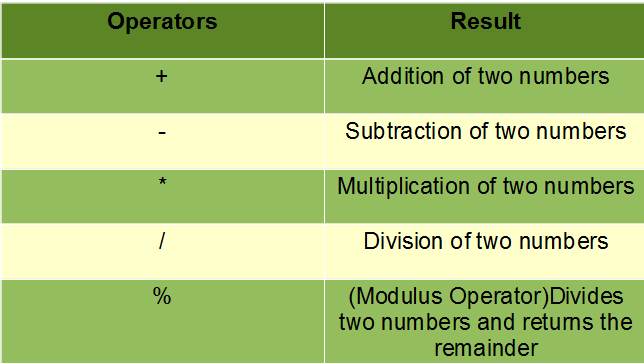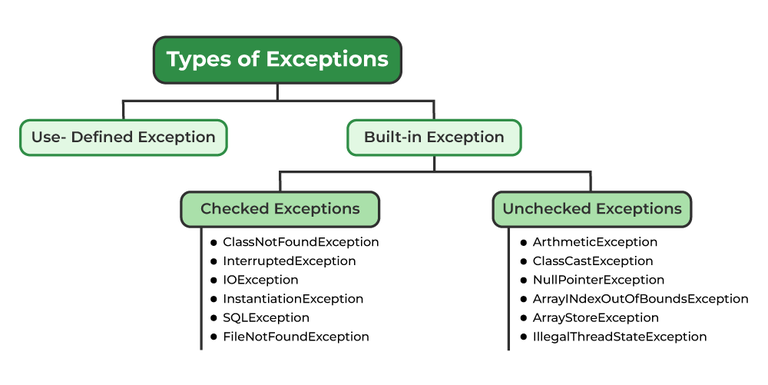Java microservices framework tutorial
Java microservices framework tutorial
I'd be happy to provide a comprehensive tutorial on building Java microservices using various frameworks and tools! Here's a step-by-step guide for you:
What is Microservices Architecture?
Microservices architecture is an approach to developing software applications as a collection of small, independent services that communicate with each other using lightweight protocols and APIs. Each service is designed around a specific business capability or use case, and they can be developed, tested, and deployed independently.
Choosing the Right Framework
There are several Java-based microservices frameworks that you can choose from, depending on your specific needs and requirements:
Spring Boot: Spring Boot is an opinionated framework for building web applications using Spring. It provides a lot of out-of-the-box features and auto-configuration capabilities, making it a popular choice for building microservices. Vert.x: Vert.x is a Java-based framework for building reactive systems. It provides support for event-driven concurrency, allowing you to write scalable and highly concurrent code. Dropwizard: Dropwizard is a Java-based framework for building production-ready web applications. It provides support for metrics, health checks, and logging, making it a popular choice for building robust microservices.Setting Up the Development Environment
To get started with building microservices using Java, you'll need to set up your development environment:
Install Java: Download and install the latest version of Java from the Oracle website. Install Eclipse or IntelliJ IDEA: Choose a preferred Integrated Development Environment (IDE) and install it on your machine. Both Eclipse and IntelliJ IDEA are popular choices for Java developers. Install Maven or Gradle: Maven is a popular build tool for Java projects, while Gradle is another alternative. Install one of these tools to manage dependencies and automate builds.Building Your First Microservice
Here's a step-by-step guide for building your first microservice using Spring Boot:
Create a new Spring Boot project using the Spring Initializr tool or by generating it manually with Maven. Add a dependency on thespring-boot-starter-web artifact to enable web support. Write a simple REST endpoint to return a "Hello World" message. Run the application and test the endpoint using a tool like Postman.
Best Practices
Here are some best practices to keep in mind when building microservices:
Keep Services Small: Each service should have a single responsibility or business capability, making it easier to understand and maintain. Use Lightweight Protocols: Use protocols like HTTP, gRPC, or RabbitMQ to communicate between services instead of heavyweight protocols like SOAP. Implement Circuit Breakers: Implement circuit breakers to prevent cascading failures when one service becomes unavailable. Use Distributed Tracing: Use distributed tracing tools like OpenTracing or Jaeger to monitor and debug complex microservices architectures.Conclusion
Building Java microservices requires a solid understanding of software development principles, design patterns, and best practices. By choosing the right framework and setting up your development environment correctly, you can start building robust, scalable, and highly available microservices-based applications. Remember to keep services small, use lightweight protocols, implement circuit breakers, and use distributed tracing to ensure that your microservices architecture is well-designed and maintainable.
I hope this tutorial has provided valuable insights into building Java microservices! Let me know if you have any questions or need further clarification on any of the topics discussed.
Java microservices framework list
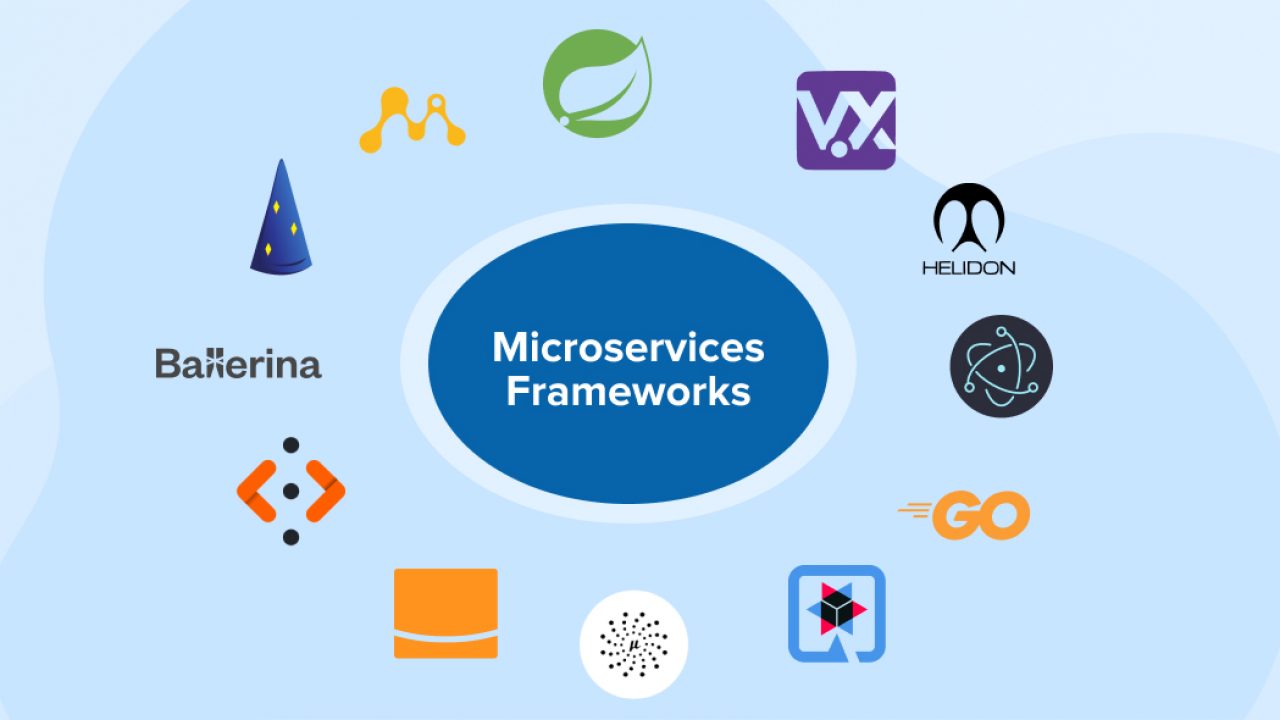
Here is the list of popular Java-based microservices frameworks:
Spring Boot: Spring Boot is a popular framework for building microservices, providing auto-configuration and production-ready features. It supports multiple protocols, including HTTP, JMS, and RabbitMQ. Vert.x: Vert.x is a toolkit for building asynchronous and concurrent systems. It allows developers to create microservices that can handle large volumes of traffic. Micronaut: Micronaut is a lightweight framework for building modular, loosely-coupled systems. It supports both HTTP and WebSockets protocols. Quarkus: Quarkus is an open-source Java framework for building cloud-native applications. It provides support for containerization and Kubernetes. Reactive Streams: Reactive Streams is a specification for processing asynchronous data streams in a way that is robust, efficient, and scalable. Java frameworks like Project Reactor and Spring WebFlux provide implementation for Reactive Streams. Lagom: Lagom is a framework for building cloud-native applications using Java. It provides support for containerization, Kubernetes, and Service Discovery. MuleSoft: MuleSoft is an integration platform that enables the development of connected systems. It supports multiple protocols and data formats, making it suitable for microservices architecture. Apache Camel: Apache Camel is a rules-based integration framework that provides support for building messaging-driven applications. It can be used as a foundation for building microservices. Sisu: Sisu is an open-source Java framework that enables the development of scalable and fault-tolerant systems. It provides support for clustering, load balancing, and caching. Apache Geode: Apache Geode is a distributed data grid platform that enables the storage and retrieval of large amounts of data. It can be used as a foundation for building microservices. Axon Framework: Axon Framework is an open-source framework for building scalable and fault-tolerant systems using Java. It provides support for event-driven architecture. Zeebe: Zeebe is an open-source workflow engine that enables the development of highly-available and scalable applications. It can be used as a foundation for building microservices.These frameworks provide various features such as:
Service discovery Load balancing Caching Clustering Containerization Integration with Kubernetes and Docker Support for multiple protocols (HTTP, WebSockets, JMS, etc.) Event-driven architecture Scalability and fault toleranceWhen choosing a microservices framework, consider factors such as the size of your team, the complexity of your application, and the level of scalability and reliability required.
